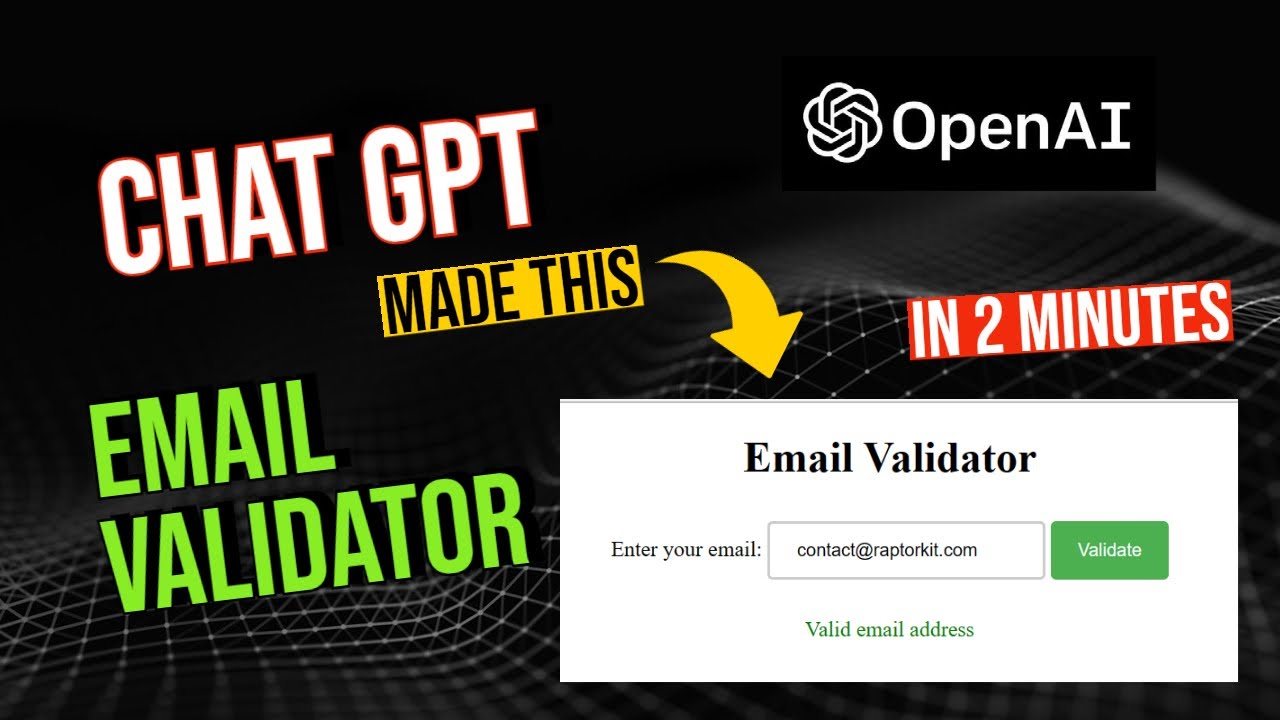
October 6, 2025 | blog
Email Validator: Ensure Email Accuracy with Our Validator
In today’s digital age, your ability to reliably reach your audience hinges on one simple thing: valid email addresses. Sending to invalid or mistyped addresses not only wastes resources — it can damage your sender reputation, trigger bounces, and degrade your campaign performance. That’s where an Email Validator comes in.
In this article, we explore why email validation matters, how it works, and how you can effortlessly validate addresses using our tool.
Why Email Validation Matters
1. Reduce Bounce Rates and Protect Reputation
When you send emails to non-existent or mis-typed addresses, many will bounce back. A high bounce rate is a red flag for email service providers (ESPs) and internet service providers (ISPs). Over time, repeated bounces can harm your sender reputation and reduce deliverability. (mailgun.com)
2. Improve Data Quality & Engagement
A clean list means you’re reaching real, active users. This boosts engagement metrics (opens, clicks) and gives you more meaningful insights from your campaigns. (scrubby.io)
3. Avoid Spam Traps and Temporary Emails
Some email addresses are traps used by ISPs to detect spammers. Others are disposable or temporary accounts. Validating addresses helps you filter out risky addresses before they damage your domain reputation. (loqate.com)
4. Save Costs & Resources
Why pay to send emails that will never be delivered? Cleaning your list means you spend your budget only on valid recipients. (ApyHub)
How Email Validation Works
A robust email validation tool typically uses multiple checks. Here are the major stages:
Syntax / Format Check
First, it checks whether the address is correctly formatted (e.g. contains @, no illegal characters).
Domain / DNS Verification
It verifies that the domain exists and has valid mail exchange (MX) records. If the domain doesn’t accept mail, the address is invalid.
Mailbox / SMTP Check
The validator can simulate communication with the mail server (SMTP handshake) to see whether the mailbox exists — all without sending a real email.
Risk Assessment
It may also flag addresses that are disposable, role-based (e.g. support@, info@), or known historically problematic.
By combining these steps, the tool gives you a confidence score or verdict (valid / invalid / risky). (ApyHub)
Best Practices & Use Cases
Real-time validation: Run validation immediately as users enter their email in a signup form. Prevents bad addresses from ever entering your database.
Batch list cleansing: Periodically validate your entire list to remove decayed or invalid addresses.
Double opt-in: Combine validation with a confirmation email step, especially for new signups.
Segment by validation status: Only send to “high confidence / verified” addresses in critical campaigns.
Monitor regularly: Email lists degrade over time — validate periodically.
Try It — Effortless Validation
You don’t need to build complex systems to benefit from validation. Use our tool to quickly check addresses or your whole list:
With just a few clicks, you can validate addresses and spot errors before sending. It’s a fast, reliable way to maintain list hygiene, protect deliverability, and ensure your emails actually land where they belong.
In short: accurate email addresses matter. A solid Email Validator is not a “nice-to-have” — it's an essential tool for any business or organization that communicates via email. By validating before sending, you reduce risks, increase efficiency, and get better results from your campaigns.
Recent Posts
October 8, 2025 | blog
Website Performance Anal...
In today’s fast-paced digital world, website performance has become one of the key factors for online success. A slow website can drive visitors...
Read MoreOctober 6, 2025 | blog
JSON Beautifier — Enha...
Working with JSON files can sometimes feel overwhelming, especially when the data is all packed into one long line. That’s where a JSON Beautifi...
Read MoreSeptember 17, 2025 | blog
Get HTTP Headers — HTT...
Get HTTP Headers is a fast, reliable online utility that retrieves and displays the HTTP request and response headers for any URL. Whether you’r...
Read More

 Log In
Log In

